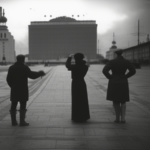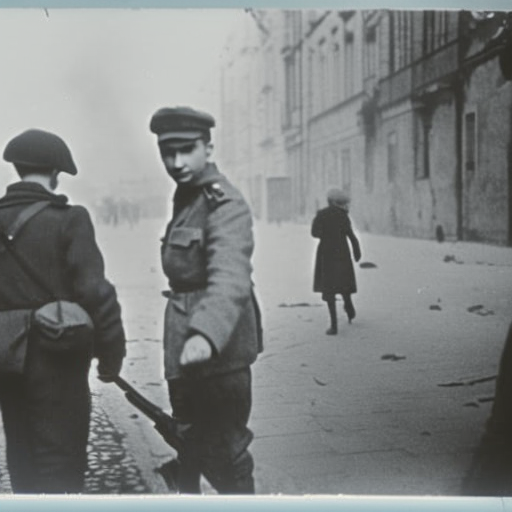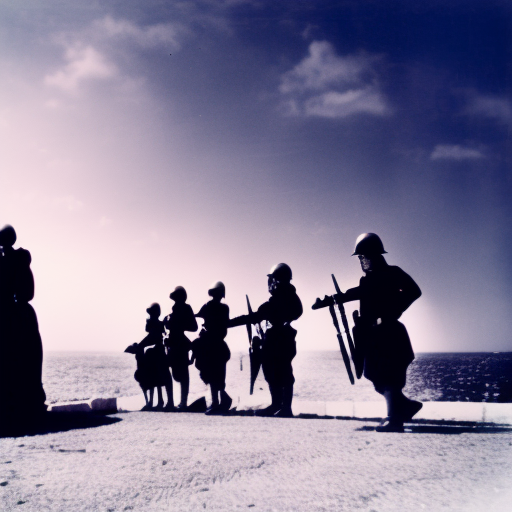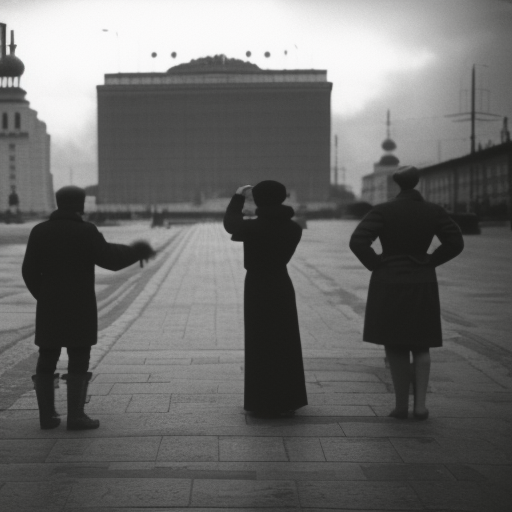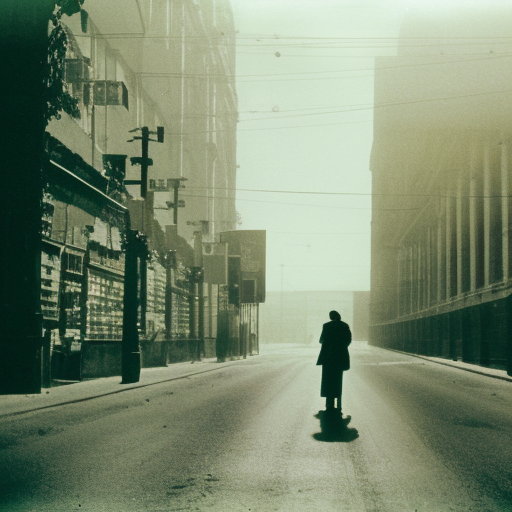The Warsaw Ghetto Uprising (1943)
The Warsaw Ghetto Uprising was a courageous act of resistance by Jewish inhabitants of the Warsaw Ghetto against the Nazi regime during World War II. It took place from April 19 to May 16, 1943, and was the largest Jewish uprising in German-occupied Europe.
Background:
The Warsaw Ghetto was established by the Nazis in November 1940 as a way to confine and control the Jewish population of Warsaw, Poland. Over 400,000 Jews were crammed into an area of just 1.3 square miles, living in extreme poverty and facing constant persecution.
Planning and Preparation:
The Jewish Combat Organization (ZOB), led by 23-year-old Mordechai Anielewicz, was the main resistance group within the ghetto. They began planning an uprising after learning about the mass deportations of Jews to extermination camps in 1942. The ZOB stockpiled weapons and ammunition, and built bunkers and hiding places throughout the ghetto.
The Uprising:
On April 19, 1943, the Nazis, led by SS General Jürgen Stroop, entered the Warsaw Ghetto to liquidate it. They were met with unexpected resistance from the Jewish fighters. The ZOB and other resistance groups launched a coordinated attack, using homemade grenades, Molotov cocktails, and a small number of firearms.
Despite being heavily outnumbered and outgunned, the Jewish fighters managed to hold off the German forces for nearly a month. They fought from bunkers, sewers, and buildings, inflicting casualties on the Nazis and slowing down their progress. The uprising inspired other acts of resistance in ghettos and concentration camps across Europe.
German Response:
The Nazis responded to the uprising with brutal force. They systematically destroyed the ghetto, burning buildings and killing or deporting the remaining inhabitants. SS General Stroop reported that the resistance had been crushed and declared the ghetto “liquidated” on May 16, 1943.
Legacy:
The Warsaw Ghetto Uprising was a symbol of Jewish resistance and defiance against the Nazis. Although the uprising ultimately failed to prevent the destruction of the ghetto, it had a profound impact on Jewish morale and the perception of the Holocaust. It demonstrated that Jews were not passive victims, but capable of fighting back against their oppressors.
The uprising also had wider implications. It inspired other acts of resistance in ghettos and concentration camps, such as the Bialystok Ghetto Uprising and the Sobibor extermination camp revolt. The bravery and determination of the Jewish fighters in Warsaw became a symbol of resistance for oppressed people around the world.
The memory of the Warsaw Ghetto Uprising continues to be commemorated today. The Warsaw Ghetto Uprising Monument stands in Warsaw as a tribute to the fighters and victims of the uprising. The event serves as a reminder of the atrocities committed during the Holocaust and the importance of standing up against injustice.
In conclusion, the Warsaw Ghetto Uprising was a significant act of resistance by Jewish fighters against the Nazis during World War II. Despite being outnumbered and outgunned, the Jewish fighters held off the German forces for nearly a month, inspiring others to resist. While the uprising ultimately failed, it remains a symbol of Jewish resistance and defiance against the Nazis, and a testament to the human spirit in the face of oppression.







